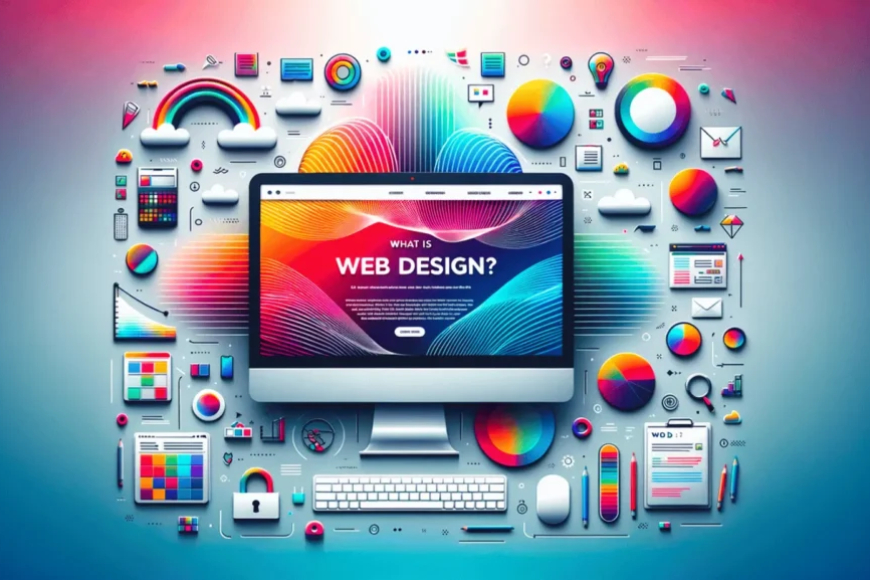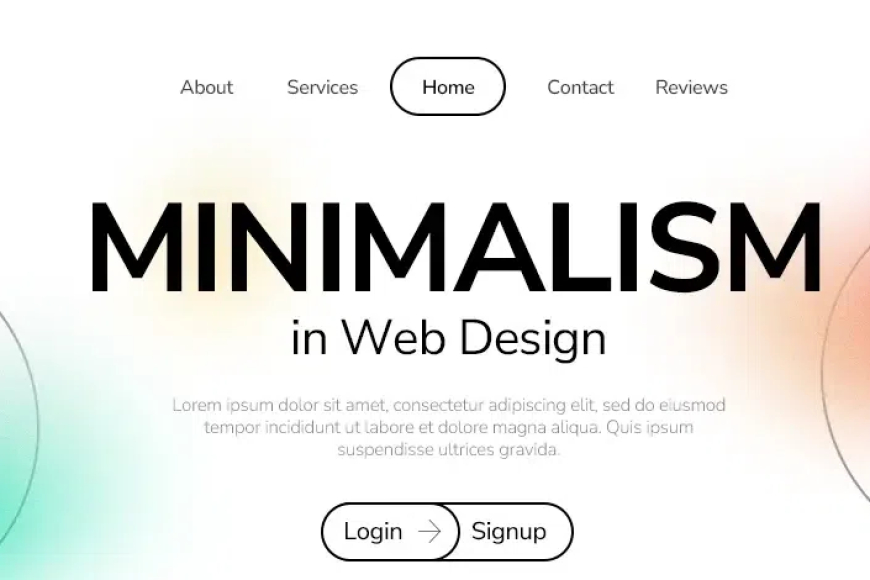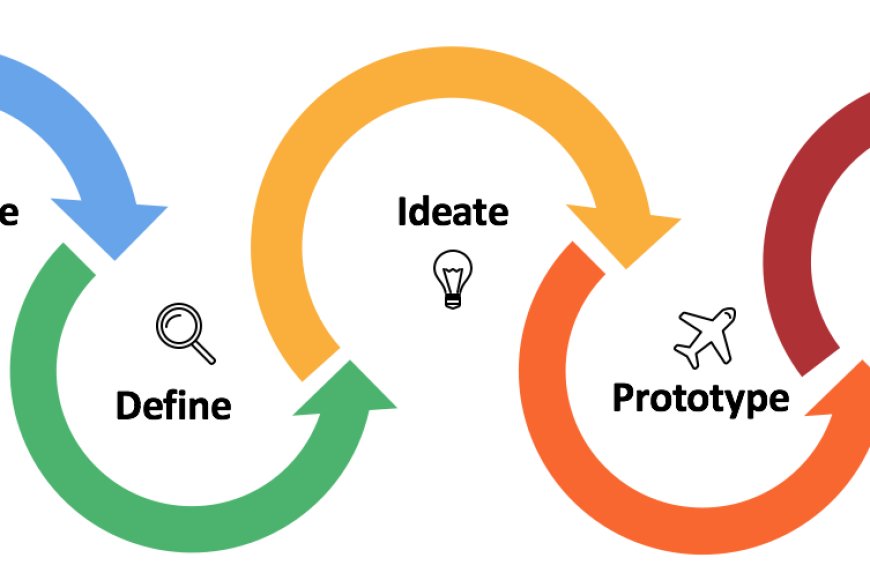Stay ahead in the digital world by adopting these web design trends for 2025. Whether you're a designer, developer, or business owner, these trends will ensure your website stands out while offering a seamless user experience.
1. AI-Powered Personalization
AI tools are reshaping how websites interact with visitors. In 2025, expect dynamic content that adapts in real-time based on user behavior, preferences, and history. Personalization not only improves engagement but also boosts conversions.
Key Tip: Use AI platforms like ChatGPT or Adobe Sensei to enhance personalized content delivery.
2. Advanced Dark Mode Design
Dark mode remains a user favorite, but 2025 brings improved contrast, vibrant highlights, and refined gradients. These elements enhance readability and reduce eye strain while providing a modern aesthetic.
Key Tip: Ensure your dark mode design aligns with brand colors and is optimized for accessibility.
3. Immersive 3D Experiences
Interactive 3D visuals are becoming a must-have for industries like e-commerce, gaming, and education. These experiences captivate users and make browsing more engaging.
Key Tip: Optimize 3D assets for fast loading times to improve user experience and SEO rankings.
4. Sustainability-Centric Design
Eco-conscious web design is a growing trend in 2025. Lightweight coding, minimalist design, and green hosting options not only help the planet but also improve website performance.
Key Tip: Use tools like Website Carbon Calculator to measure and reduce your site’s carbon footprint.
5. Augmented Reality (AR) Integration
AR is no longer a futuristic concept—it’s here! Websites with AR features allow users to virtually try on products or explore environments, creating a unique and interactive experience.
Key Tip: Ensure AR features are compatible with both desktop and mobile devices.
6. Inclusive Design for Accessibility
Websites in 2025 must prioritize inclusivity. Accessible design ensures all users, including those with disabilities, can navigate and engage with your content easily.
Key Tip: Follow WCAG (Web Content Accessibility Guidelines) to improve site accessibility and SEO rankings.
7. Microinteractions for Engagement
Small animations, like button hovers and scroll effects, play a big role in keeping users engaged. Microinteractions guide users, provide feedback, and make your site feel interactive.
Key Tip: Use tools like Lottie or CSS animations to implement lightweight yet impactful interactions.
8. Voice-Activated Interfaces
With the rise of voice assistants like Alexa and Siri, websites are incorporating voice search and commands to offer hands-free navigation. This trend is especially valuable for accessibility.
Key Tip: Optimize your content for voice SEO by focusing on conversational keywords and phrases.
9. Neumorphism 2.0
This evolution of neumorphism blends soft, tactile designs with functional UI components. The result is a modern, user-friendly interface that feels real yet sleek.
Key Tip: Combine neumorphism with flat design for a balance of style and usability.
10. AI-Generated Content and Layouts
AI tools are streamlining web design by generating layouts, images, and even text content. In 2025, designers will curate and refine AI outputs to craft unique user experiences.
Key Tip: Use tools like DALL·E and Webflow AI to speed up design processes without compromising creativity.
Why These Trends Matter in 2025
Staying updated on these web design trends ensures your website:
- Ranks higher on search engines.
- Delivers an exceptional user experience.
- Stays competitive in a rapidly evolving digital landscape.
How to Implement These Trends
- Conduct a design audit to identify areas for improvement.
- Use tools like Google PageSpeed Insights to optimize site performance.
- Collaborate with web design experts to integrate these features effectively.
You Might Also Like
Explore more from the same category




